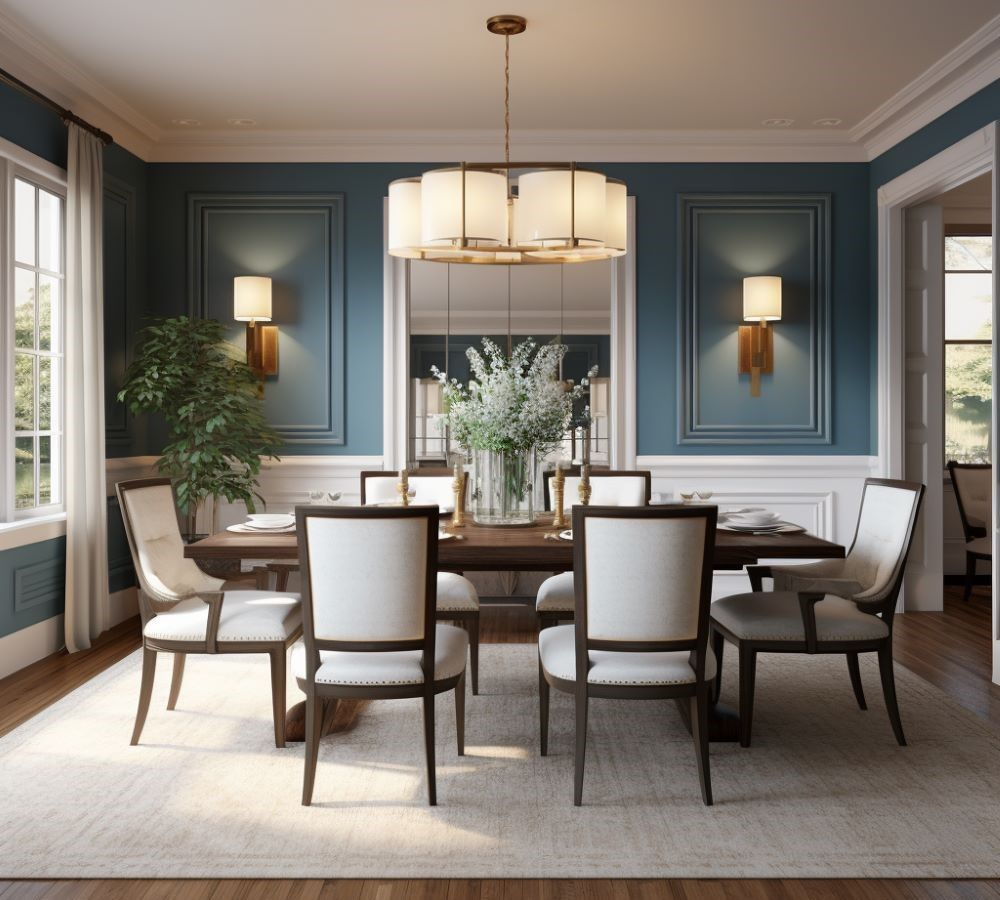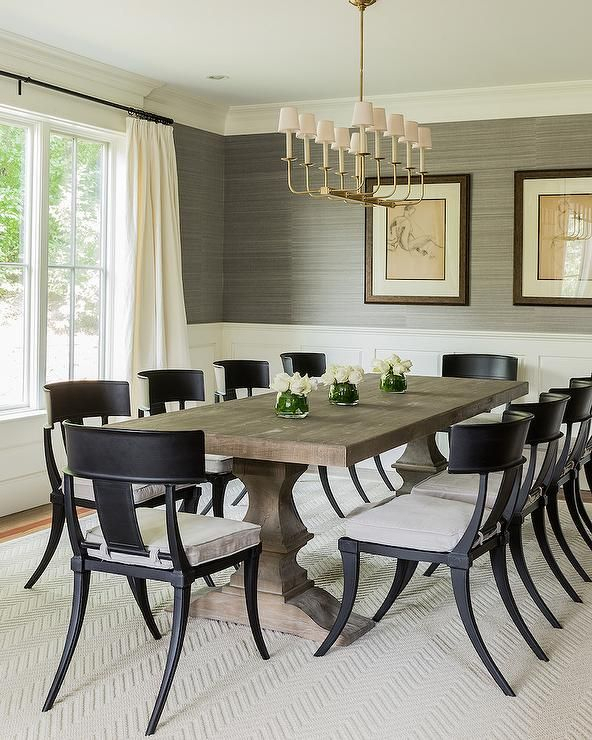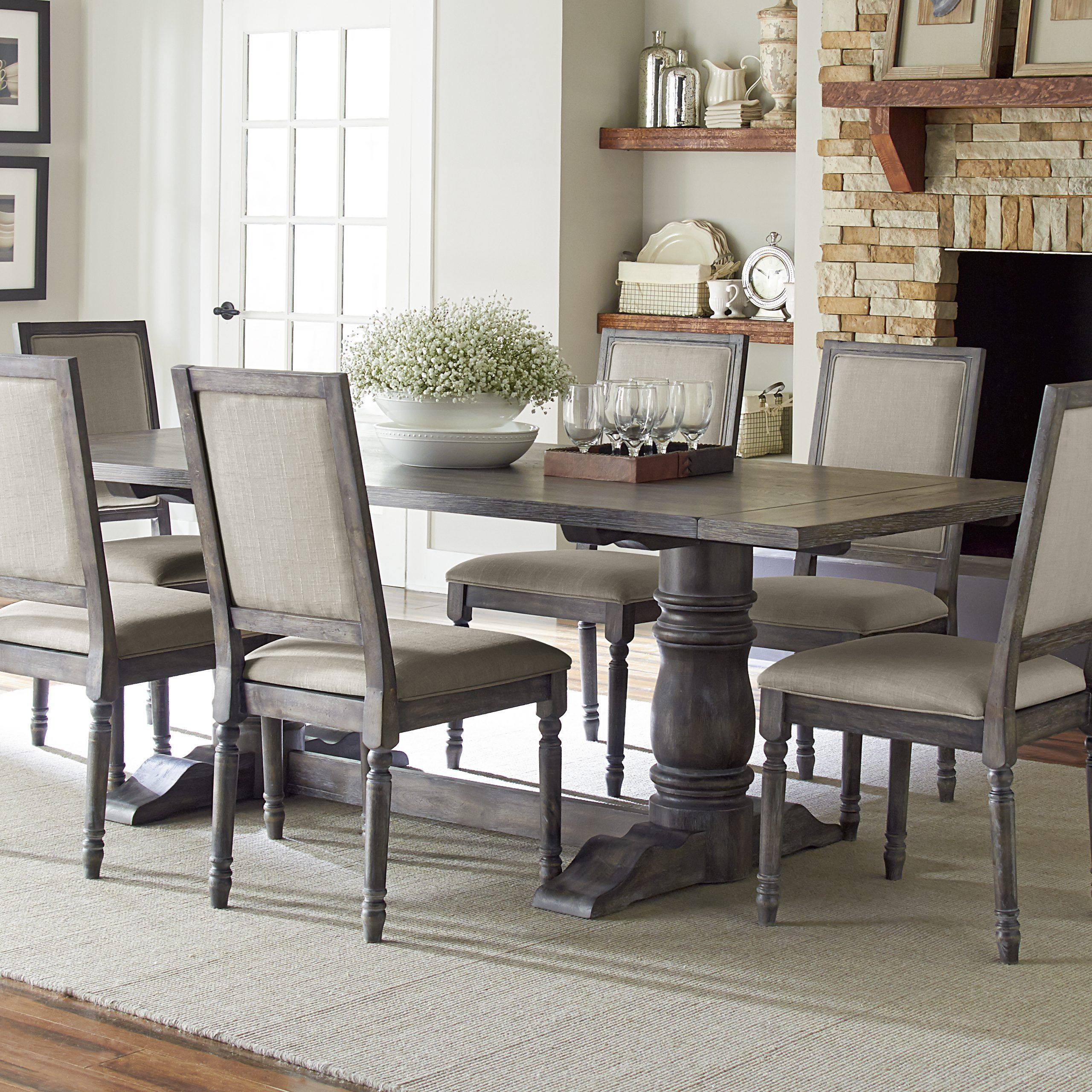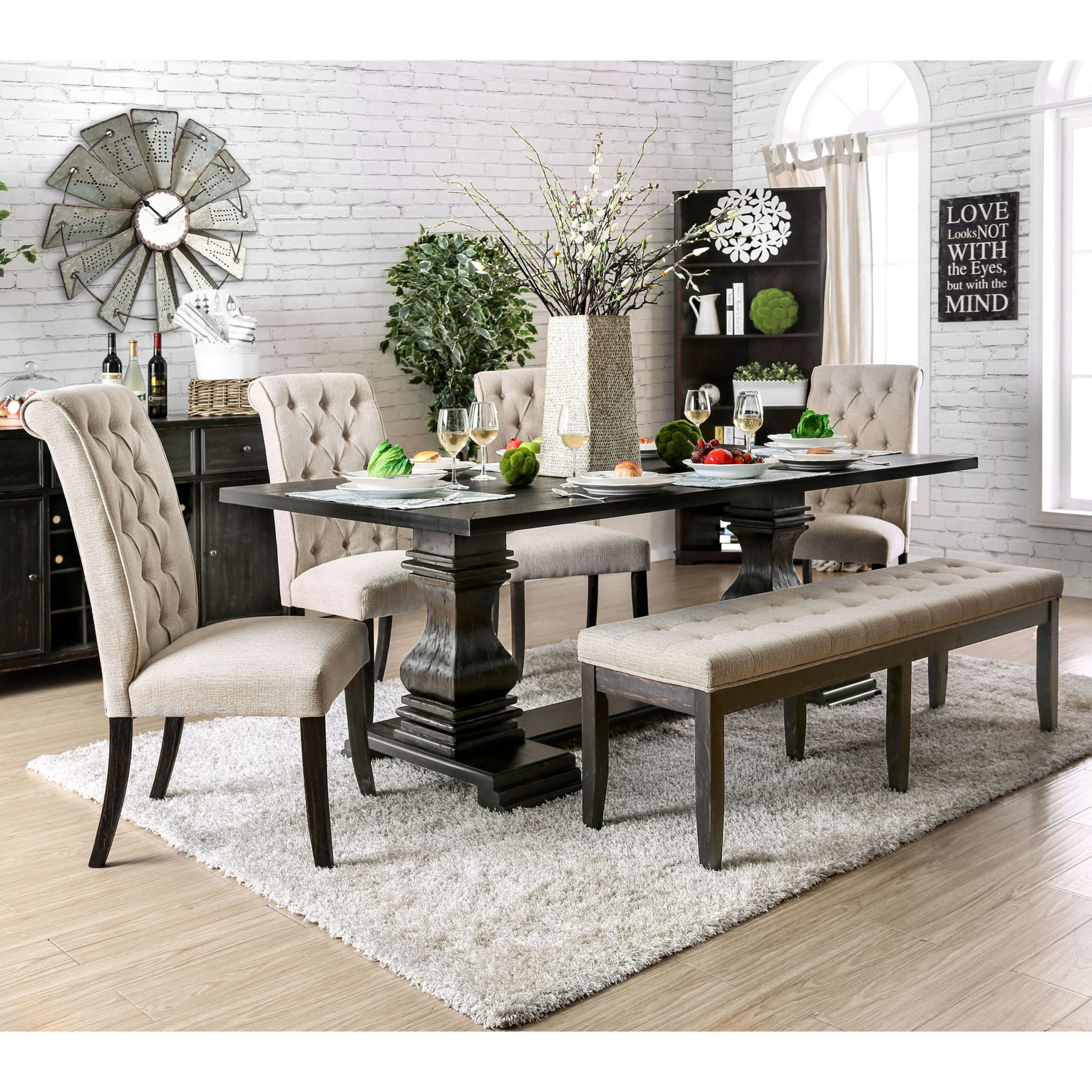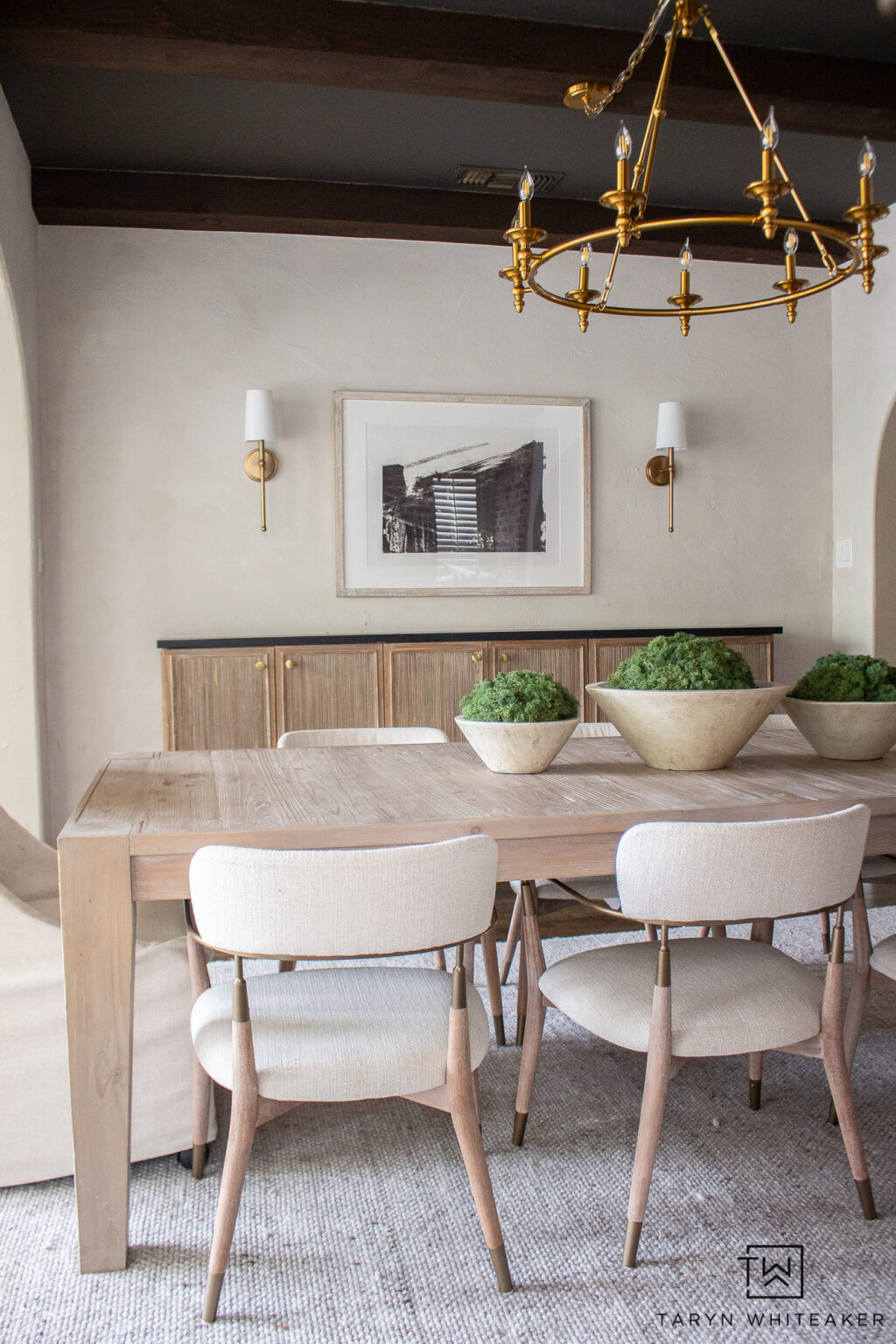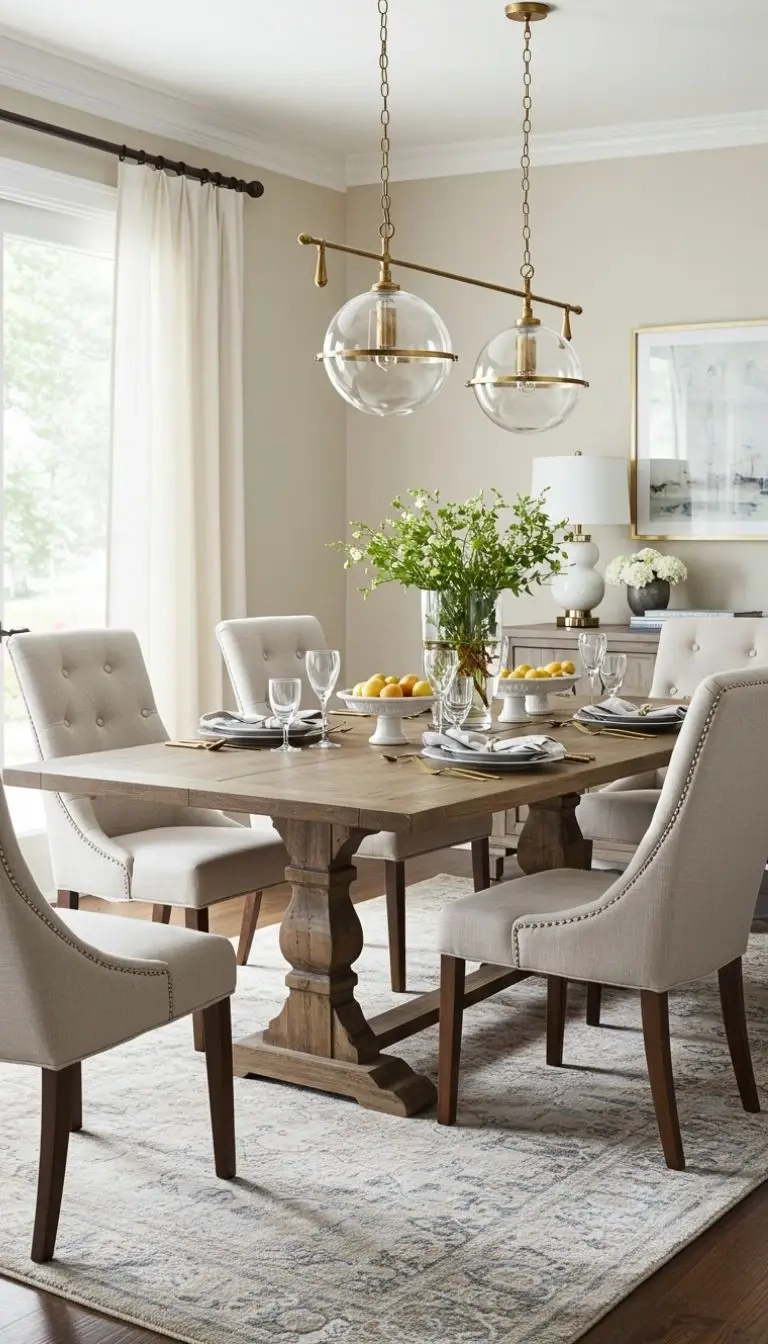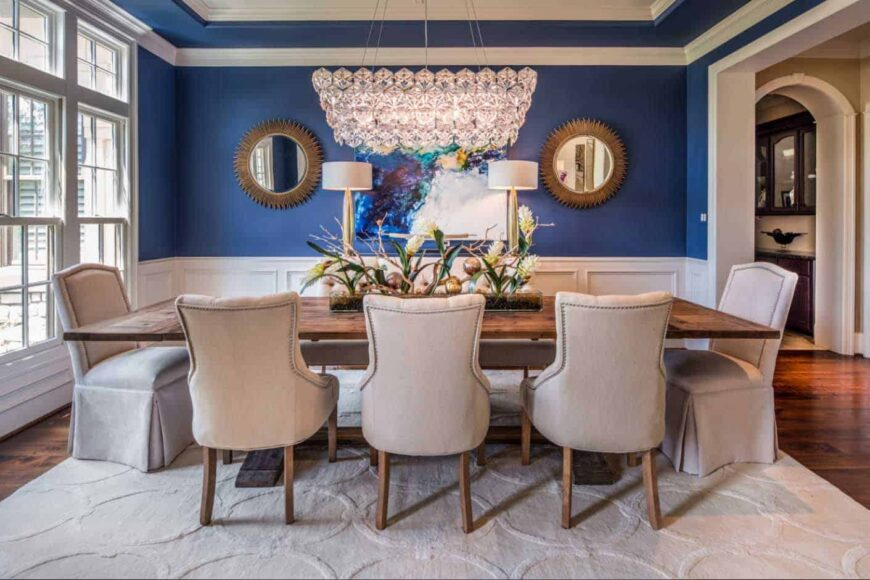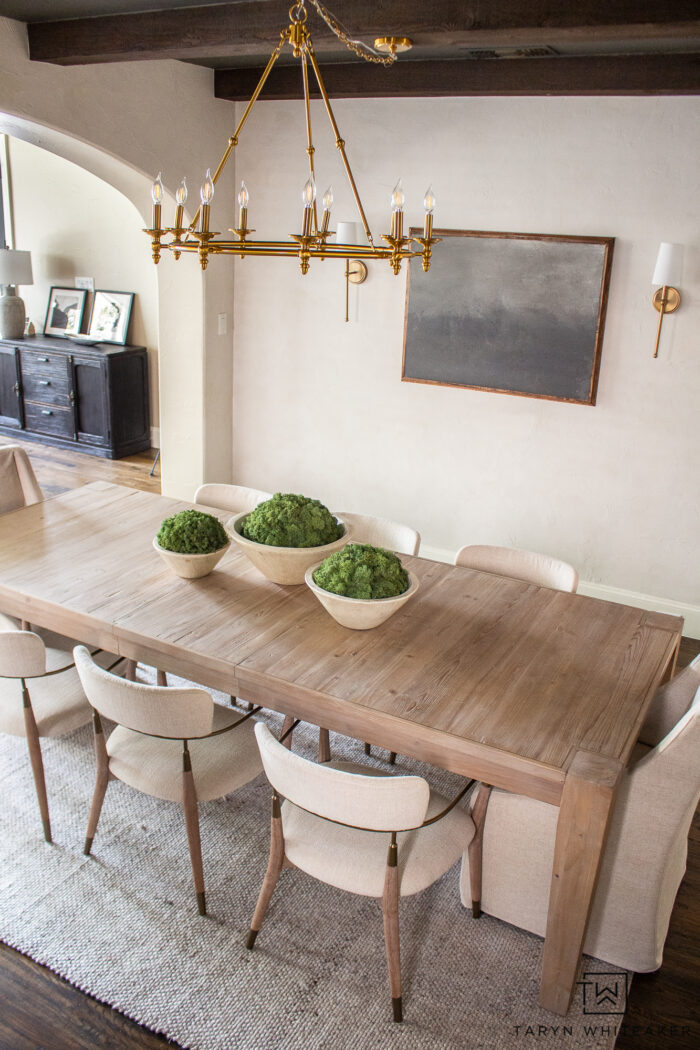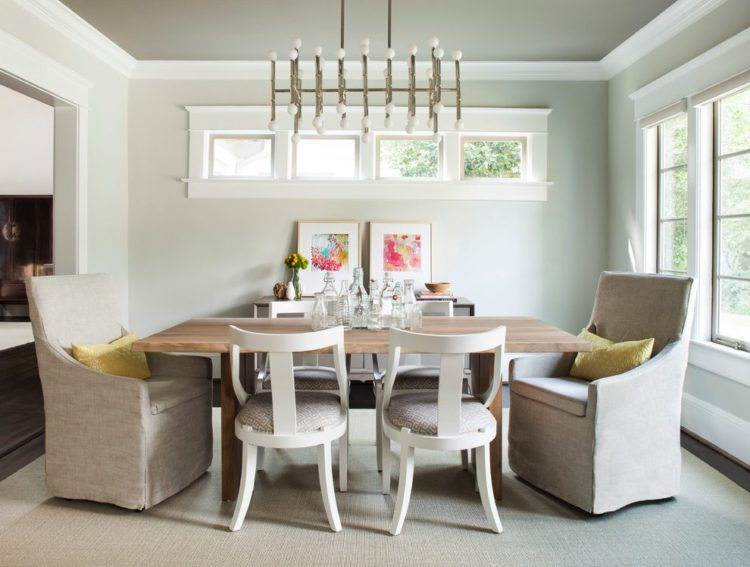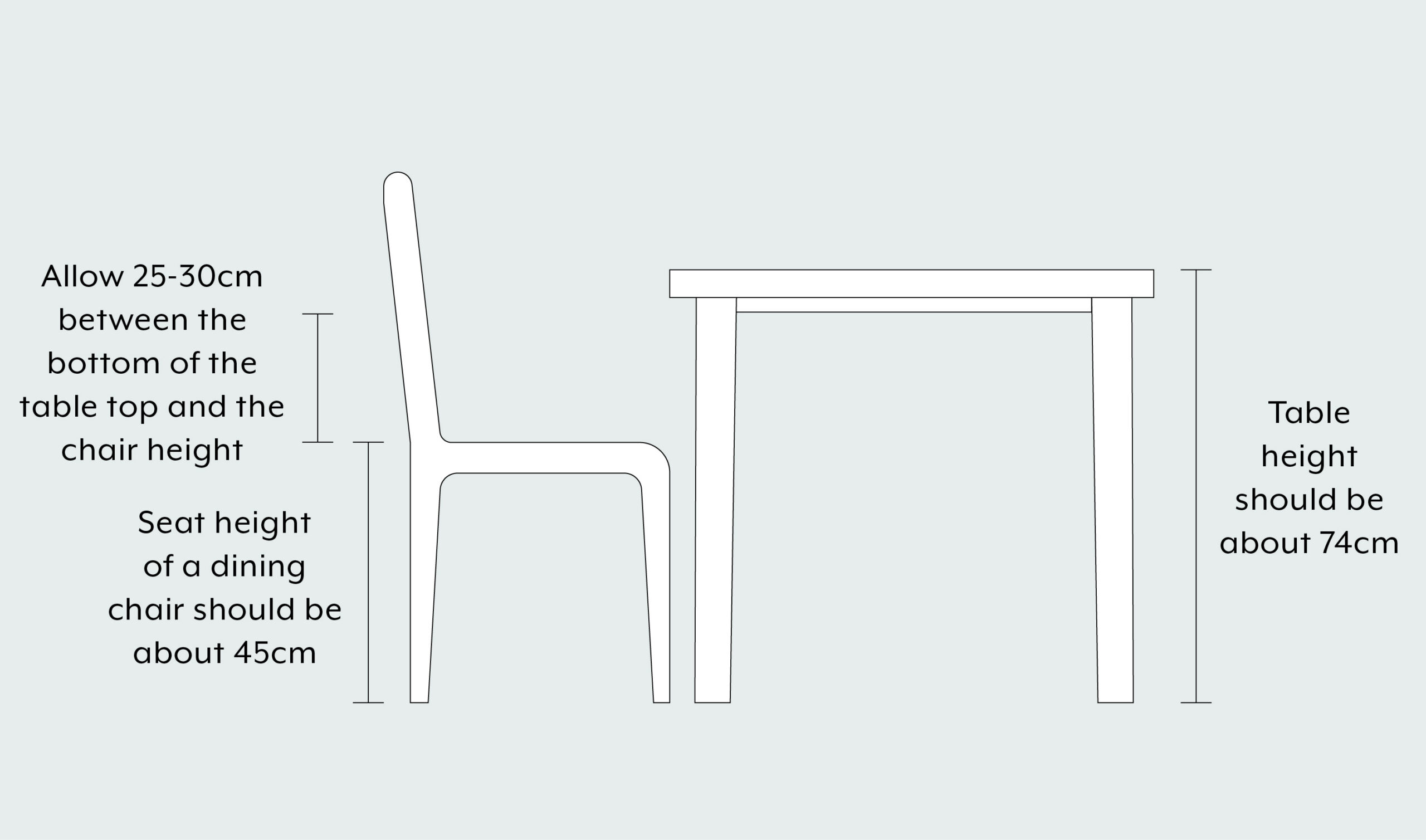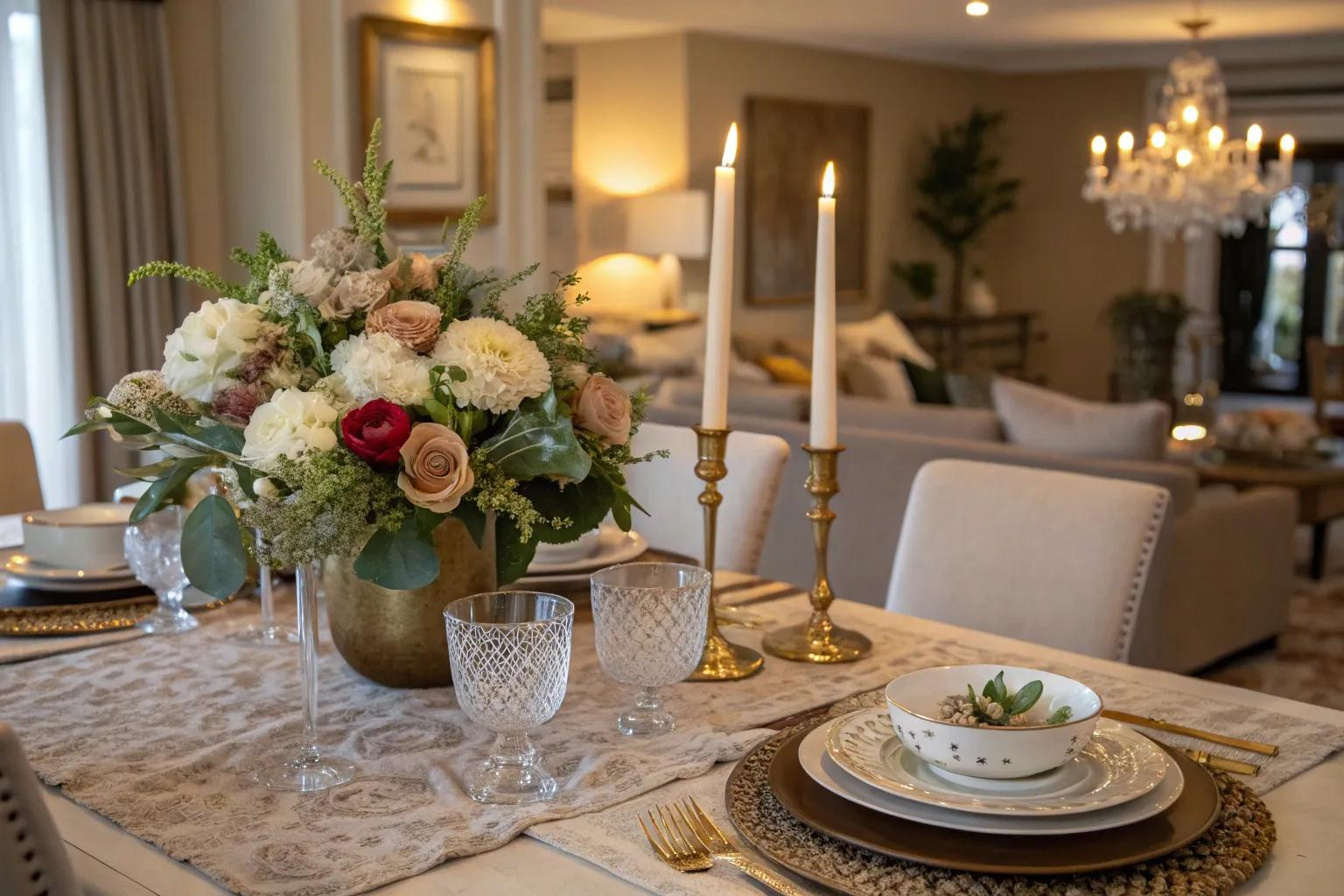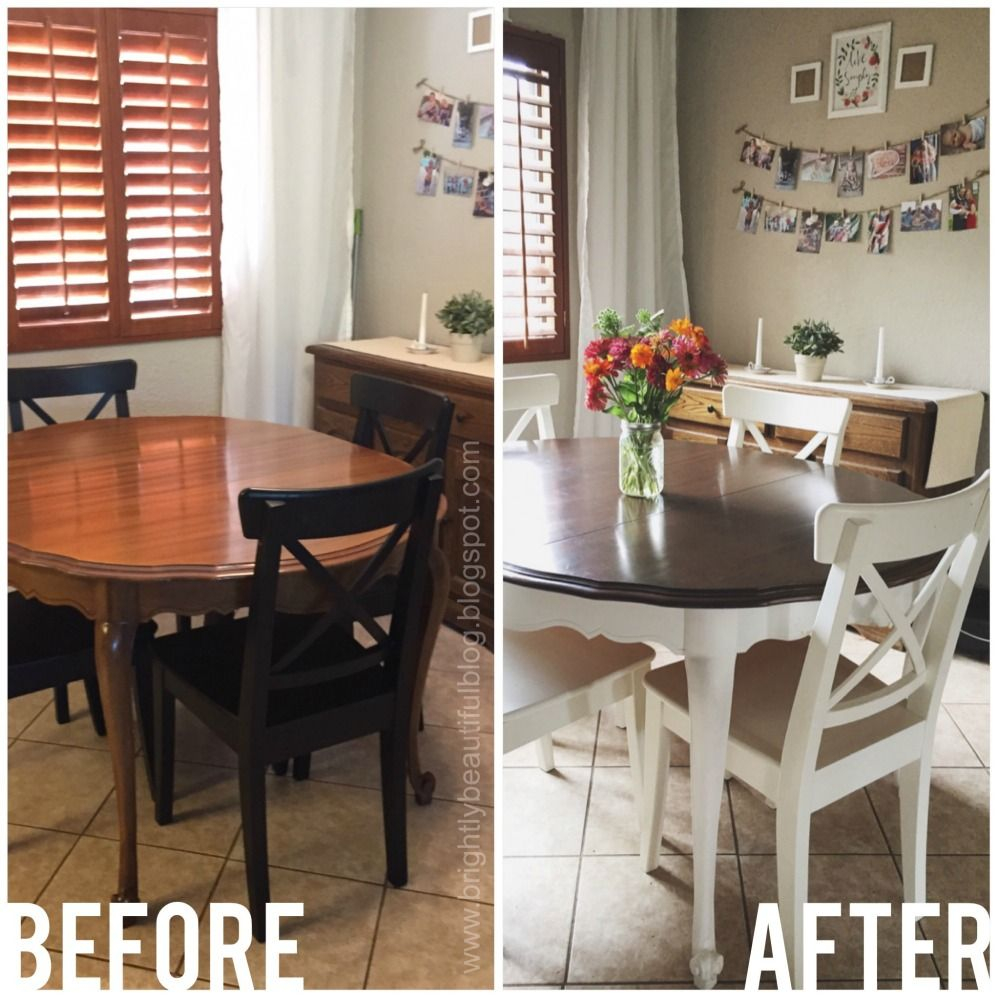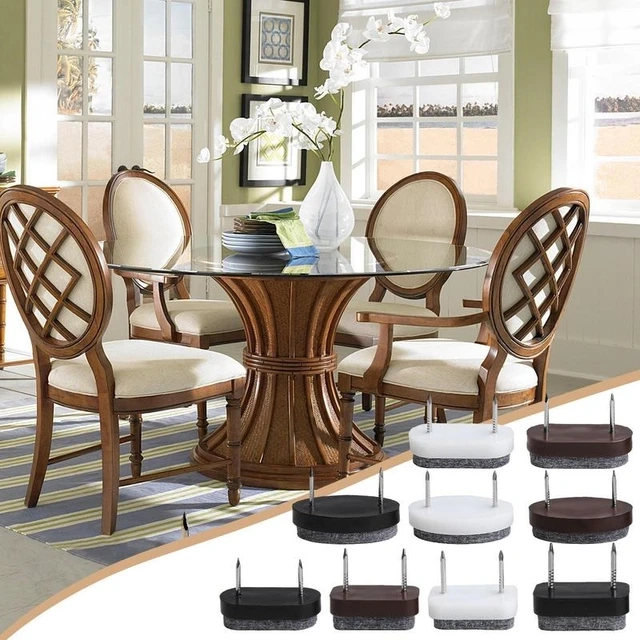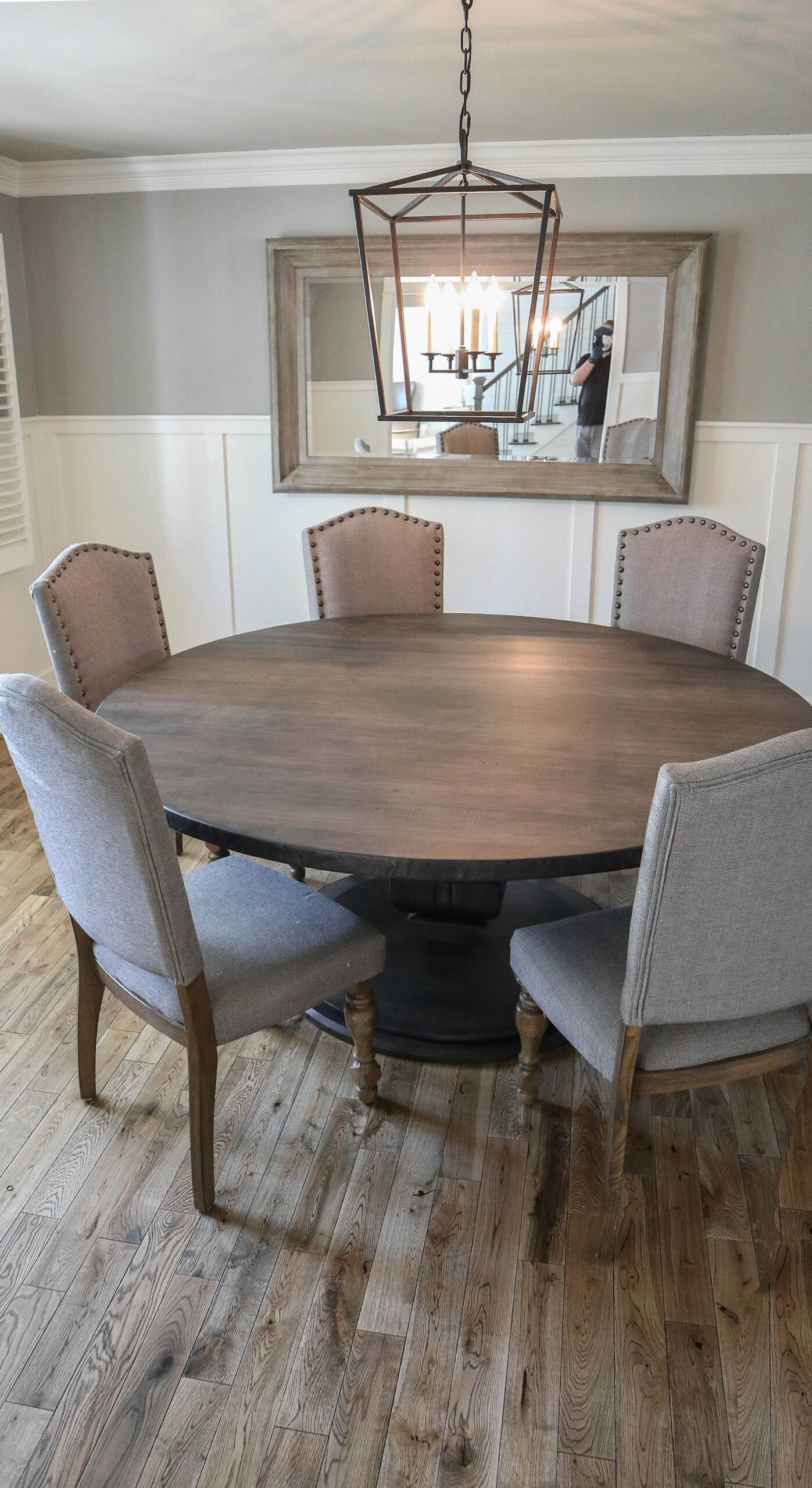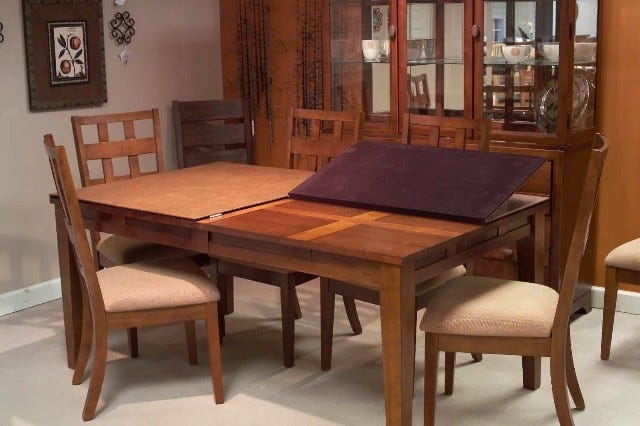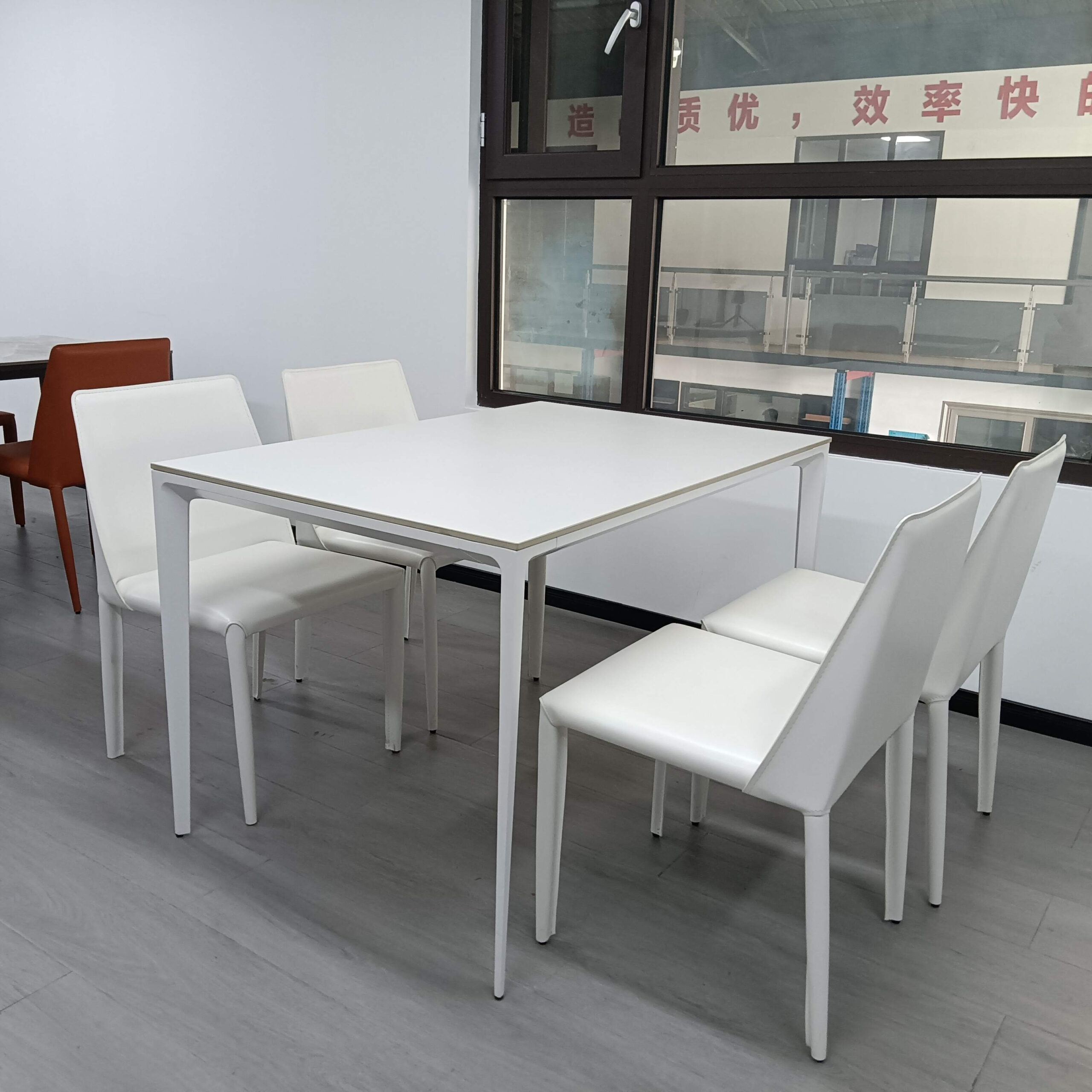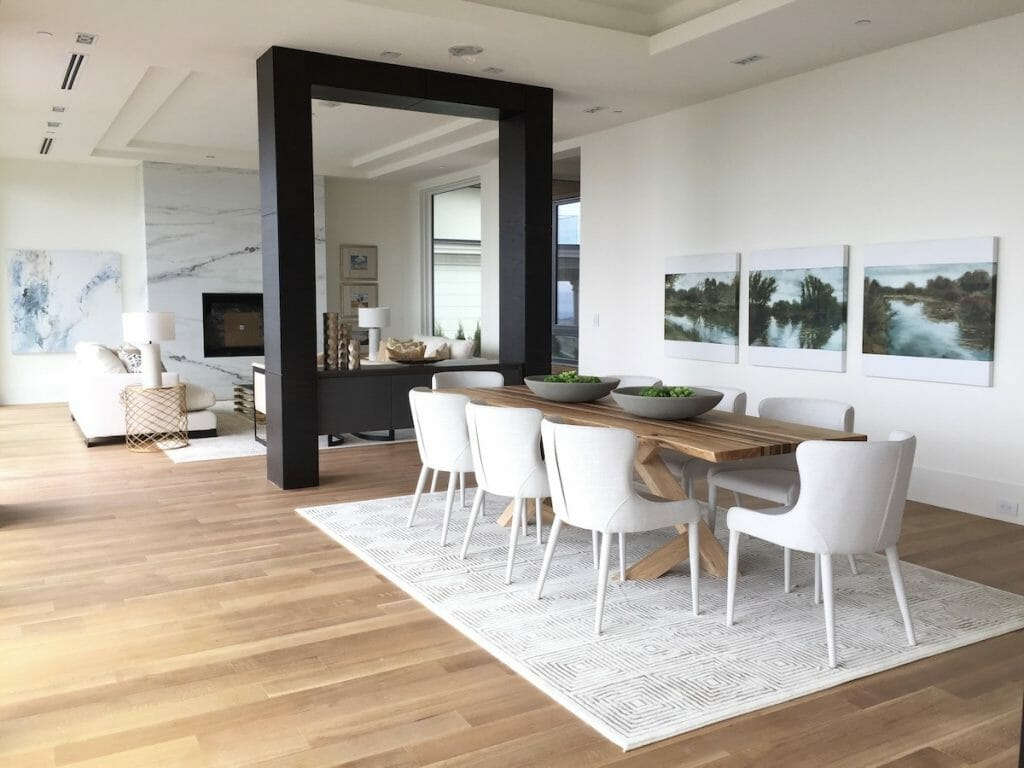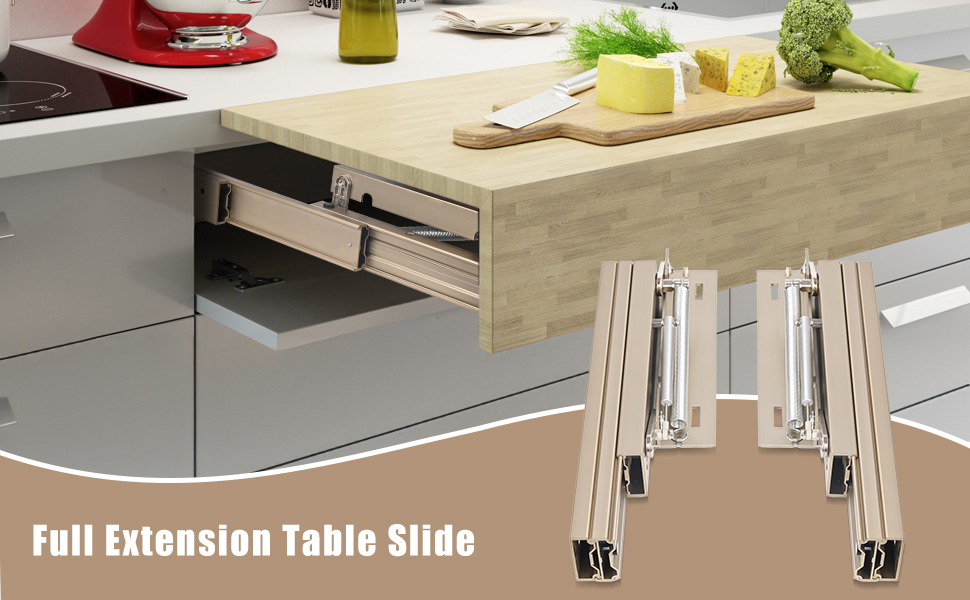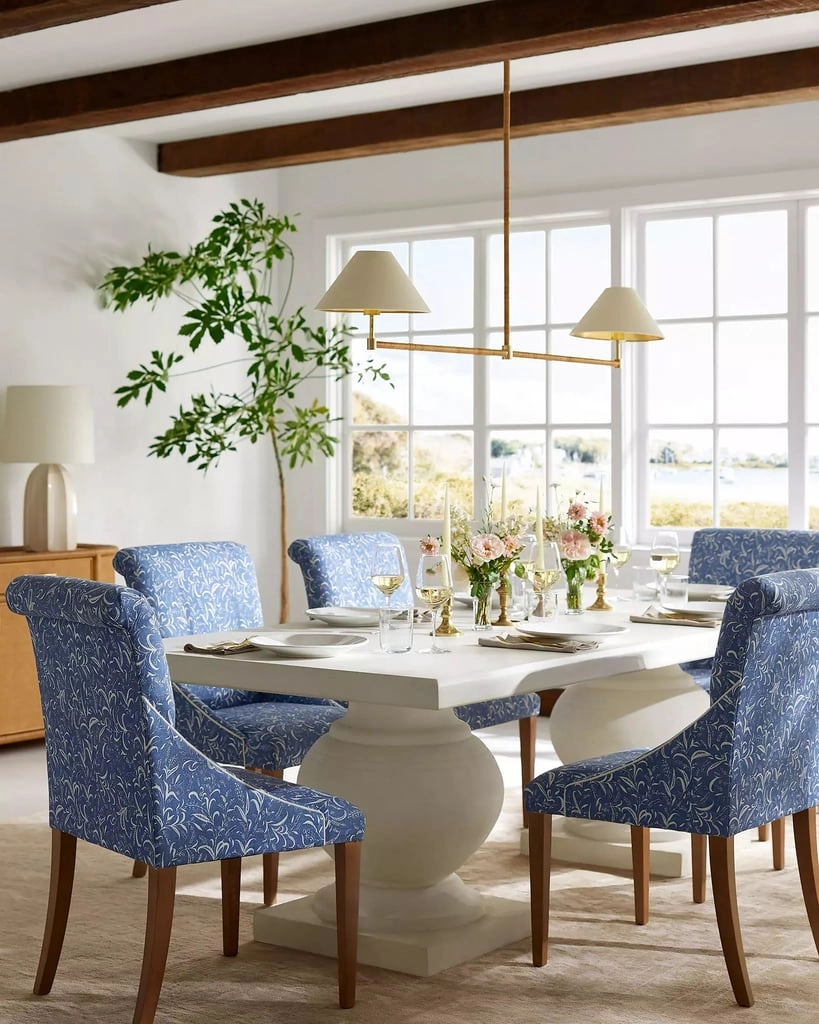Is your dining room a bit of a style puzzle? Maybe you love the clean lines of modern design but also appreciate the warmth and detail of more traditional pieces. If so, you’re not alone. Many of us find ourselves drawn to the best of both worlds, wanting a space that feels both current and comfortable, sophisticated yet inviting. This is where the magic of a transitional dining table comes in. It’s not about picking a side; it’s about creating a beautiful harmony that reflects your personal taste and how you truly live. Let’s explore how to find that sweet spot.
Think of a transitional dining table as the ultimate style diplomat. It’s the piece that gracefully moves between different design eras, effortlessly blending the ornate details of traditional furniture with the simpler, cleaner silhouettes of contemporary design. It’s about balance. You might see a table with a classic pedestal base but a sleek, unadorned top, or perhaps a sturdy wood table with subtle curves that feel both familiar and fresh. The goal is to create a look that feels cohesive and timeless, never too starkly modern or overly fussy. It’s the kind of table that grows with your style, able to adapt as your tastes evolve or as you update other elements in your home.
Understanding the Appeal: Why Go Transitional?
So, why are so many people drawn to this style? For starters, transitional pieces offer incredible versatility. They aren’t tied to one specific trend, meaning they’re built to last, both in terms of durability and aesthetic relevance. This means you’re less likely to feel the need to replace your dining table in a few years because it’s gone “out of style.” It’s a smart investment for anyone who appreciates enduring design. Plus, these tables are fantastic for homes where different design preferences might need to coexist. If one person leans more modern and another more traditional, a transitional piece can be the perfect compromise, satisfying everyone and creating a harmonious living space. It’s about creating a foundation that feels grounded and elegant, no matter what else you add.
Key Elements of Transitional Design
What makes a table truly transitional? It’s often in the details, or rather, the tasteful lack of overwhelming detail. Here are some common characteristics:
- Clean Lines with Softened Edges: You won’t find overly sharp angles or aggressively ornate carvings. Instead, expect smooth, flowing lines that might have a gentle curve or a subtly rounded edge. It’s a sophisticated simplicity.
- Material Harmony: Transitional tables often use natural materials like wood, but they might be finished in a way that feels current, perhaps a smooth matte finish or a contemporary stain. Sometimes, you’ll see a mix of materials, like a wooden top with metal legs, but executed in a way that feels unified and balanced.
- Neutral Color Palettes: While not exclusive to transitional design, these tables frequently feature neutral tones – think warm woods, muted grays, creamy whites, or sophisticated blacks. This makes them incredibly easy to pair with various decor styles and color schemes.
- Subtle Details: Instead of heavy ornamentation, transitional pieces might feature understated elements like a gentle taper to the legs, a slightly textured finish, or a simple inlay. These are touches that add visual interest without overpowering the overall design.
Choosing the Right Size and Shape
Before you fall in love with a design, consider the practicalities of your dining space. How many people do you typically need to seat? Do you entertain often? Measuring your room is paramount. You want a table that fits comfortably, allowing at least three feet of clearance around it for chairs and walkways. Common shapes include:
- Rectangular: A classic choice that works well in most dining rooms, especially longer ones. They offer ample surface area and can often accommodate more seating.
- Round: Ideal for fostering conversation and creating a more intimate feel. They’re great for square rooms and can sometimes feel more approachable.
- Oval: A nice compromise between rectangular and round, offering the generous surface of a rectangle but with softened edges that improve flow. They can also be quite elegant.
Think about the scale of your room too. A massive, heavy table might overwhelm a small space, while a delicate table could look lost in a grand dining room. Proportion is key to achieving that harmonious look.
Material Matters: Wood, Metal, and More
The materials you choose will significantly impact the table’s look and feel. Wood is a perennial favorite for its warmth and natural beauty. Oak, walnut, and maple are popular choices, each offering a distinct grain and color. For a transitional feel, consider finishes that highlight the wood’s natural character without being overly glossy or distressed. Metal accents, like a brushed nickel or matte black base, can add a contemporary edge to a wooden top, creating that perfect blend. Glass or stone tops can also work, especially when paired with a more traditional base or legs, offering a touch of modern sophistication. The trick is to ensure the materials complement each other rather than clash.
Integrating Your Table into Your Decor
Once you’ve found your table, the next step is making it sing within your existing decor. Transitional design is all about thoughtful layering. Pair your table with chairs that echo its style – perhaps classic shapes with a more modern upholstery, or simple, clean-lined chairs with a richer wood finish. Consider your lighting; a statement pendant light with clean lines can anchor the space beautifully. Area rugs can also define the dining zone and add texture and color. Don’t be afraid to mix elements. A rustic centerpiece on a sleek table, or modern artwork above a more traditional-leaning table, can create that layered, lived-in feel that’s so characteristic of transitional style. It’s about creating a dialogue between your furniture and your accessories.
Maintenance and Longevity
A well-chosen transitional dining table is an investment designed to last. Proper care will ensure its beauty and functionality for years to come. For wooden tables, regular dusting with a soft, dry cloth is essential. Spills should be wiped up immediately to prevent staining or damage. Depending on the finish, you might occasionally use a wood polish or conditioner. For tables with metal accents, a damp cloth and mild soap are usually sufficient. Avoid harsh cleaners that can damage the finish. Protecting the surface with placemats or a tablecloth during meals and using coasters for drinks will also go a long way in preserving your table’s pristine appearance. Think of it as gentle stewardship for a piece you’ll cherish.
Finding the ideal transitional dining table is about more than just furniture; it’s about creating a space that feels welcoming, stylish, and perfectly suited to your life. By understanding the core principles of transitional design – the balance of classic and contemporary, the importance of clean lines, and the thoughtful use of materials – you can select a piece that not only looks beautiful today but will continue to be a cherished part of your home for many years to come. It’s a journey toward creating a dining room that’s both a reflection of your personal style and a warm invitation for family and friends to gather and make memories. Happy hunting.

